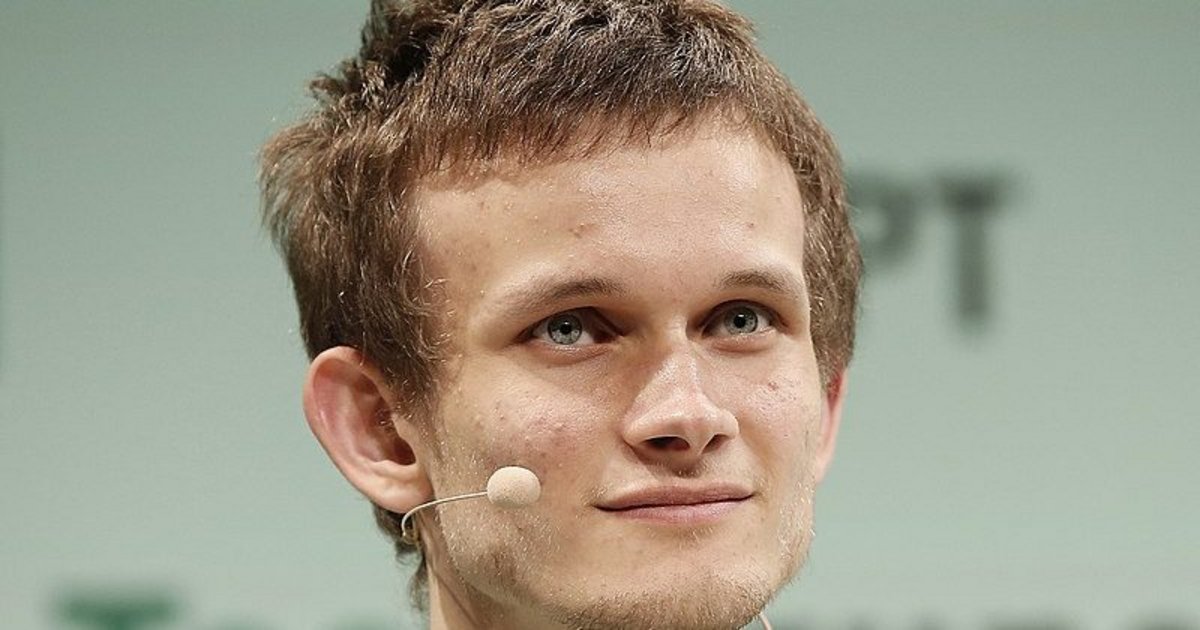Vitalik Buterin is the Co-founder of what is now the world’s second-most valuable cryptocurrency, Ethereum, worth an estimated US$220.2bn. Involved in crypto from its beginnings, Buterin is also the founder of Bitcoin Magazine and is today a figure synonymous with all things crypto.
But how did he get here? We look at Buterin’s rise to prominence as Co-founder of Ethereum.
Buterin: Capitalising on a gift
Born in Moscow Oblast in 1994, Buterin left his native Russia to live in Canada aged just six, as his parents sought greater employment opportunities.
An immigrant primary school student, Buterin was placed in a programme for the gifted, where his early nous for mathematics and programming made him a novelty to his teachers, let alone his fellow students.
Despite his initial flippancy for education success in the traditional sense, Buterin developed a hunger to acquire knowledge during his four years at the private Aberald school.
A fan of World of Warcraft, Buterin soon became opposed to centralised services in general, after game developer Blizzard removed a feature from the game, ‘nerfing’ one of his favourite characters.
Perhaps it was here a love for the decentralised was born, as in 2011, Buterin developed a keen interest in the newly launched Bitcoin – the world’s first cryptocurrency.
Unable to purchase any Bitcoin tokens, Buterin sought out employment writing for this new mysterious industry, where he would earn 5 BTC per article.
Striking a relationship with fellow crypto enthusiast Mihai Alisie, the pair launched their own publication, Bitcoin Magazine.
Buterin: Founding Ethereum
Launching a print edition in 2012, Bitcoin Magazine is regarded as the first publication exclusively dedicated to cryptocurrencies.
During this time, Buterin attempted to join the crypto platform Ripple but was unable to do so because of US Visa issues.
Determined to make his way in the world of crypto, Buterin completed a whitepaper detailing his idea for what would later become Ethereum, summarised as a “decentralised mining network and software development platform rolled into one”.
Essentially, Ethereum would provide a platform that facilitated the creation of new crypto assets and associated programmes using the same blockchain, or cryptographic transaction ledger.
Initially planning his idea to ‘improve’ Bitcoin – arguing it needed a scripting language to develop applications – Bitcoin’s disregard of the proposal saw Buterin move ahead with Ethereum, co-founding the crypto platform alongside a string of other investors.
These included Bitcoin Magazine Co-founder Mihai Alisie, as well as computer programmers Jeffrey Wilcke and Gavin Wood, ConsenSys Founder Joseph Lubin, Charles Hoskinson, Anthony Di Lorio and Amir Chetrit.
Unveiled in 2014 at a conference in Miami, the founders soon held an initial coin offering for Ether – Ethereum’s native coin – raising US$18m to grow the Ethereum platform.
The team then established the Ethereum Foundation, a non-profit organisation based in Switzerland, that would run the crypto platform.
Distinguishing five key principles – simplicity, universality, modularity, agility and non-discrimination/non-censorship – Ethereum was successfully launched, and Buterin was at the core of it all.
Ethereum: A leading crypto platform
A rapid rise over a short space of time, Buterin looked back on Etehreum’s unprecedented growth in 2020.
He said: “I am truly grateful to have the opportunity to work in such an interesting and interdisciplinary area of industry, where I have the chance to interact with cryptographers, mathematicians and economists prominent in their fields, to help build software and tools that already affect tens of thousands of people around the world, and to work on advanced problems in computer science, economics and philosophy every week.”
Pioneering in a new industry space, Ethereum’s rise has not come without its issues, after a decentralised autonomous organization (DAO) using the Ethereum platform was hacked due to codebase flaws.
As a result, the Ethereum blockchain was hard forked (when nodes of new blockchain entries no longer accept older versions) to retrieve funds, a controversial move that flew in the face of blockchain being unchangeable and censorship-resistant.
Despite these issues, Ethereum remains on a path to increased scalability after completing a transformative process known as The Merge.
Per the upgrade, Ethereum adopted sharding, a process where its network is split into shard chains, making it possible to distribute the Ethereum network load across several avenues.
A process that relieved network congestion, the crypto platform also moved to a proof-of-stake mining model – as opposed to the traditional proof-of-work model – reducing its energy output by as much as 99%.
Buterin: A crypto leader
Buterin’s achievements with Ethereum, conceiving and creating the platform himself, make him a leader in the world of crypto. It has been said that Buterin today develops his time to research, removing the focus on him as a crypto pioneer.
His father, Dimitry Buterin, said to The New Yorker: “He is trying to focus his time on research. He’s not too excited that the community assigns so much importance to him. He wants the community to be more resilient.”
Despite this, we believe Buterin deserves saluting as a pioneer in the world of crypto nonetheless.
This article was originally published by a fintechmagazine.com . Read the Original article here. .

